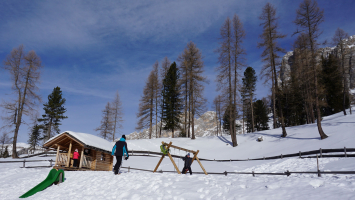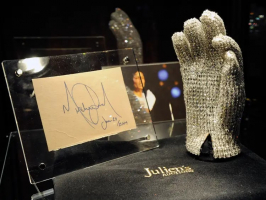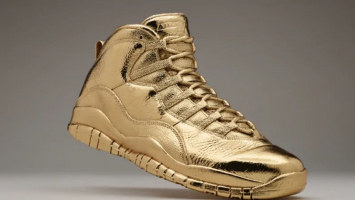Top 5 Most Bizarre Fossils Ever Discovered
Any surviving remnants, impression, or evidence of a once-living creature from a previous geological epoch is referred to as a fossil. Simply described, ... read more...fossils are the preserved remnants of ancient species. The majority of them are petrified bones, shells, or exoskeletons that have been preserved in rock, although other organic materials may have been preserved in amber, petrified wood, or tar pits. Today, Toplist will take a look at some of the most unusual fossils ever discovered.
-
Outside of the paleontological community, velociraptors are poorly understood, owing to mistakes in the Jurassic Park franchise. No, velociraptors were not six-foot-tall, hyper-intelligent killing robots. The velociraptor was really smaller than a turkey and more of a scavenger than a predator. That doesn't imply that some raptors weren't predators in the wild.
One fossil depicts a raptor feasting on a Protoceratops, but the struggle was closer than you might think. The raptor had wounded the Protoceratops with its gigantic toe claw, but the Protoceratops used its formidable beak to bite and shatter the raptor's arm. The two possibly passed together owing to the abrupt fall of a sand dune.
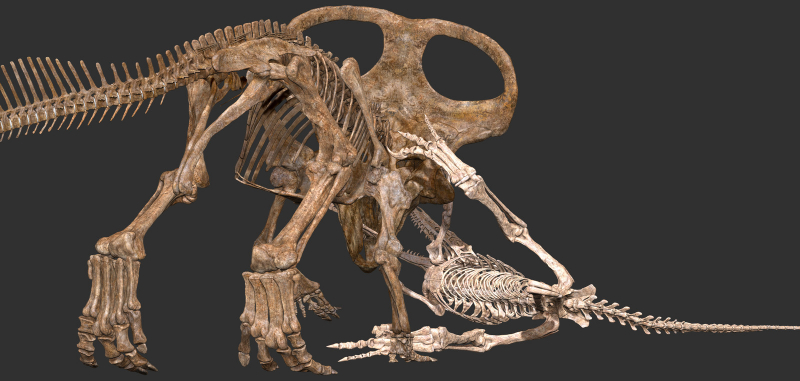
A Velociraptor And Its Prey Were Fossilized Mid 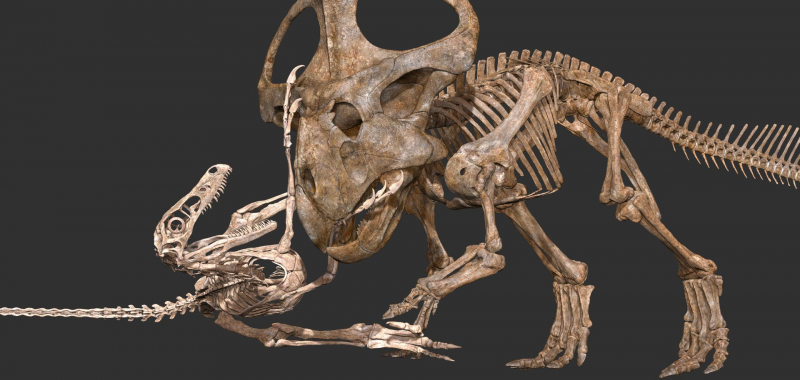
A Velociraptor And Its Prey Were Fossilized Mid -
When a fossil of a committed mother incubating her eggs was unearthed in the Gobi Desert, it caused quite a stir. The 80 million-year-old Oviraptor contributed to the discovery that some dinosaurs possessed strong maternal instincts at a period when there was little evidence to support the theory. It also bolstered the notion that dinosaurs and birds were very similar. While guarding her nest against the weather, the unfortunate mother was most likely buried in sand, immortalizing her as one of the finest moms in prehistory.
The fossils, discovered in Mongolia, are around 70 million years old and all represent young individuals of Protoceratops andrewsi that died when they were buried beneath an ancient sand dune. The entire nest was spherical and bowl-shaped, with a diameter of around 2.3 feet. The fact that all of the young dinosaurs were developing in the same nest indicates that certain dinosaur species offered parental care, at least in the early phases of post-natal growth.
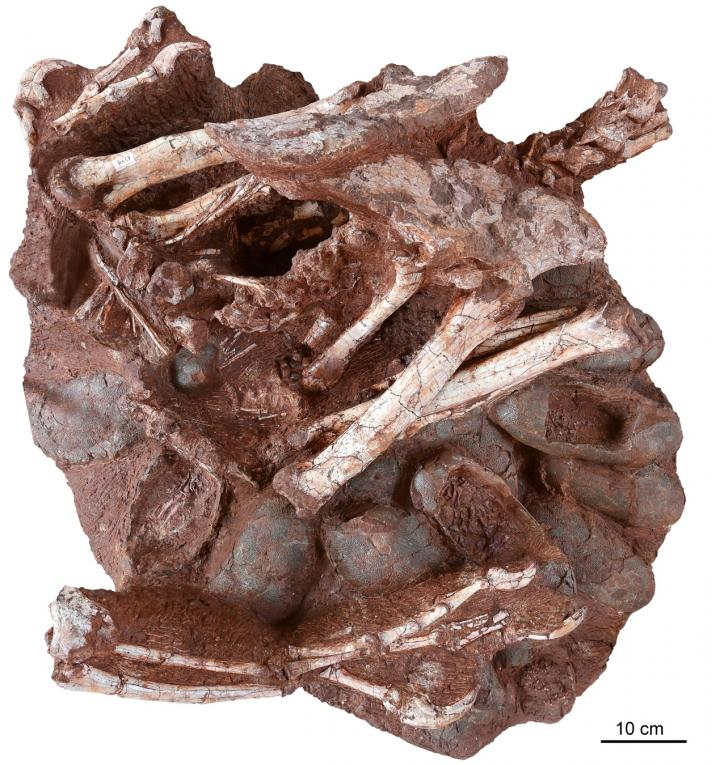
One Dinosaur Was Preserved While Incubating Her Nest 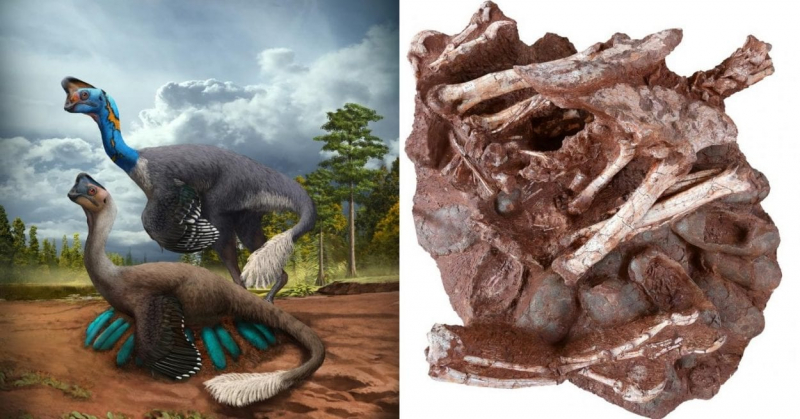
One Dinosaur Was Preserved While Incubating Her Nest -
Spiders were just as scary 100 million years ago as they are now. Do you require proof? How about this amber unearthed with a wonderfully preserved spider inside? When both predator and prey were enveloped in tree sap, the spider was in the process of digesting a young wasp. Because this wasp preys on spider eggs, the wasp may have had it coming in this case.
Myanmar is where the fossilized amber was discovered. It is the only known instance of a spider petrified during a hunt. It seems that this particular daddy longlegs belonging to the extinct species Halitherses Grimaldi was getting ready for some action when he got entombed by oozing tree resin in what became a piece of amber. That is why even now, 100 million years later, you can see his erect penis, which measures around half a millimeter and has been described as having “a heart-shaped tip and a bit of a twist at the end”.
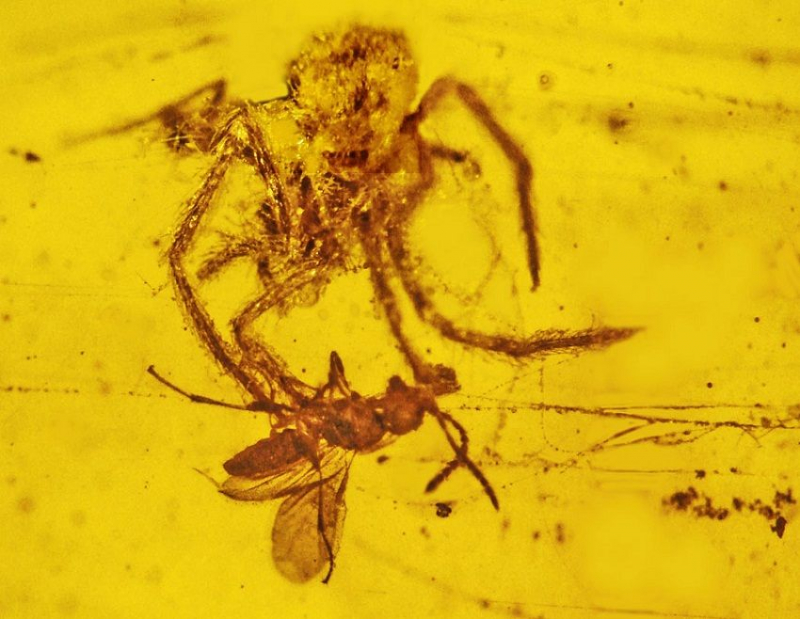
Researchers Found A 100 Million-Year-Old Spider And Its Meal Encased In Amber 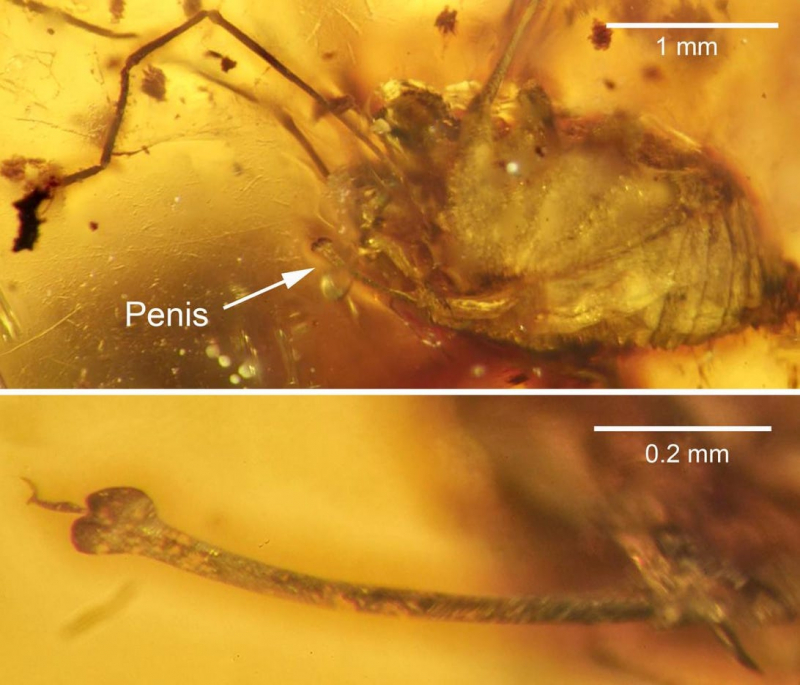
A Pterodactyl-Eating Fish Met Its End In The Middle Of A Meal -
Helicoprion was a shark species known only by the fossils of its terrifying teeth, and it was possibly one of the most unusual and horrifying monsters to ever menace the sea. Sharks are cartilaginous, which means they lack fossilizable bones, hence most extinct sharks are known solely by what was in their jaws. For years, scientists battled to explain Helicoprion's teeth' distinctive spiral structure.
It was always thought that the extinct shark had a buzzsaw-shaped mouth, but a new study indicates that the teeth were actually located inside Helicoprion's lower jaw.
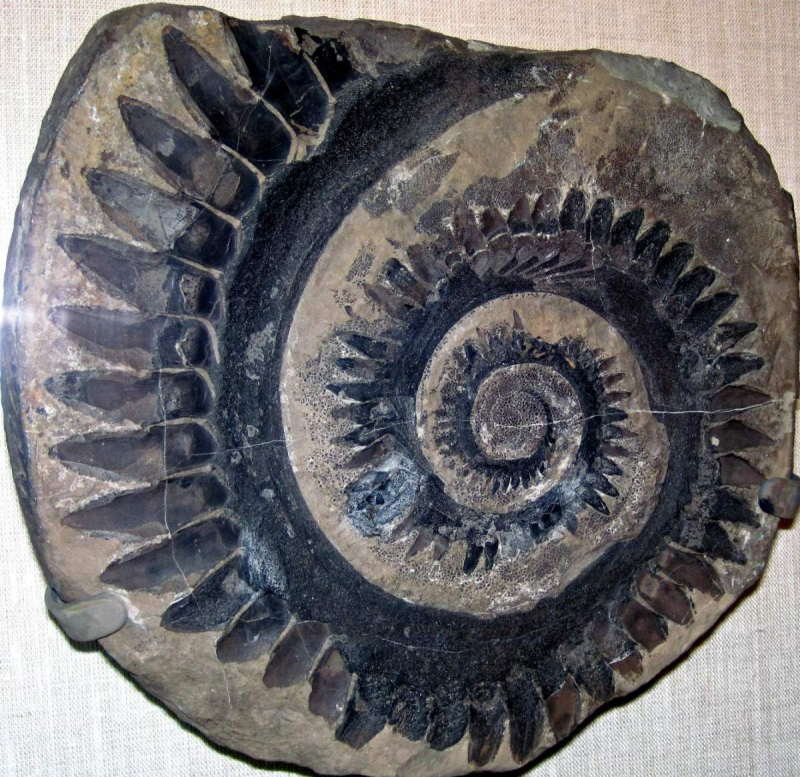
The Helicoprion Was A Shark With A Buzzsaw In Its Mouth 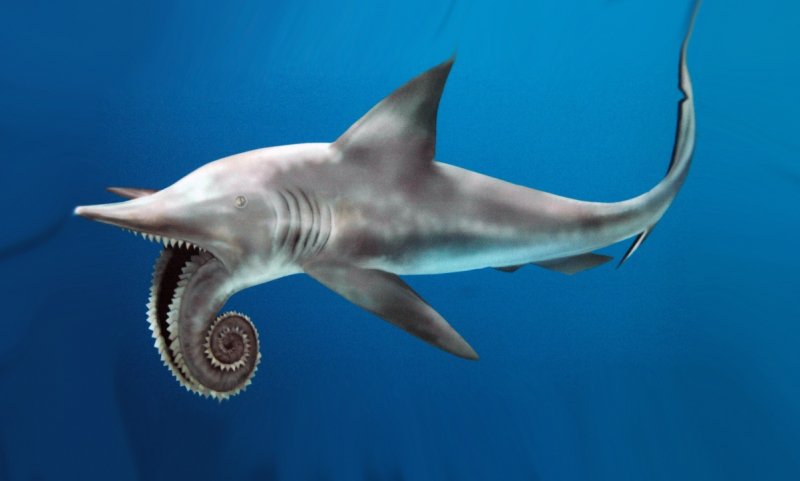
The Helicoprion Was A Shark With A Buzzsaw In Its Mouth -
Modern Madagascar is home to some of the world's most unusual animals, but go back 68 million years and you'll find a creature far more terrible than anything alive today. Beelzebufo ampinga was a type of prehistoric frog with a powerful enough bite to hunt on and consume tiny dinosaurs. They possessed enormous, gaping jaws that were far more strong than modern amphibians'.
These fearsome frogs have biting forces comparable to modern-day wolves and tigers, making it one of the most vicious amphibians of all time.
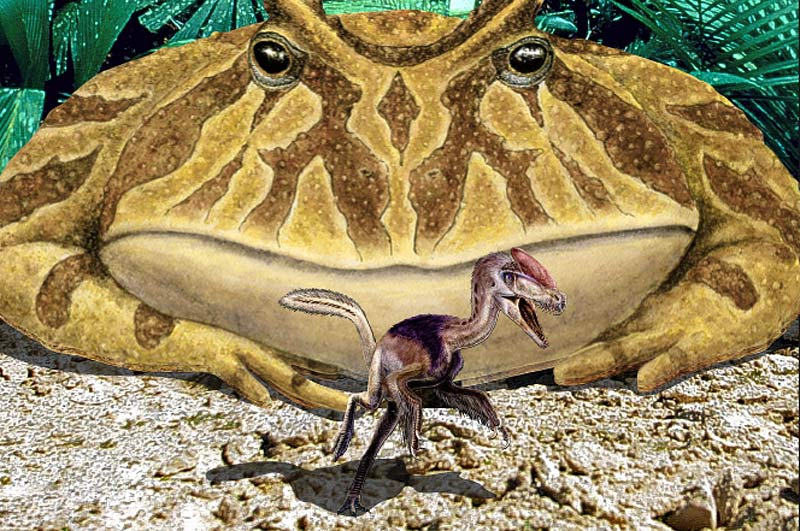
Beelzebufo Was A Frog That Ate Dinosaurs 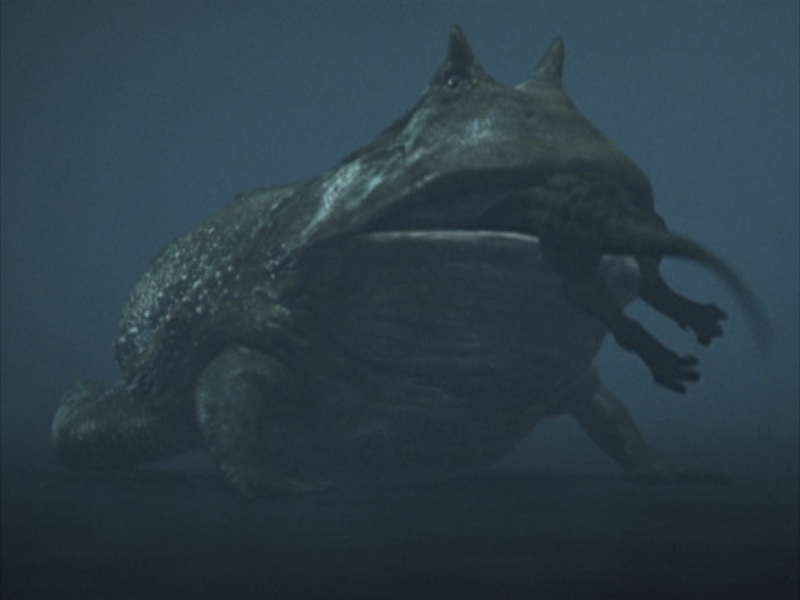
Beelzebufo Was A Frog That Ate Dinosaurs







